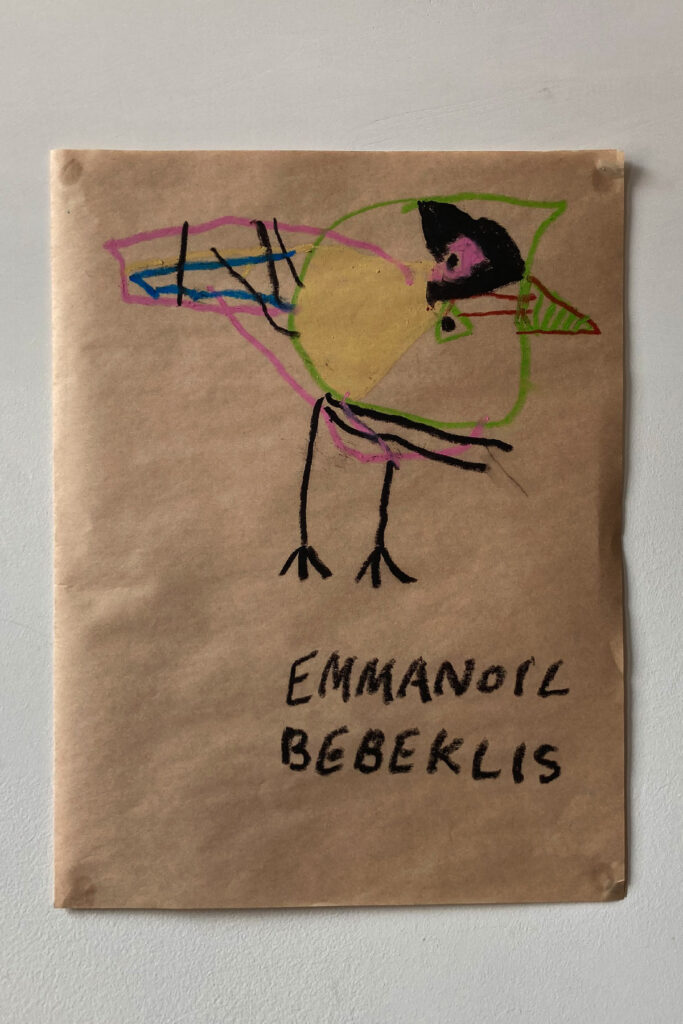What is Art Therapy?

Art Therapy is a profound and transformative therapeutic process that has enriched the lives of many individuals, families and communities, through the simple act of engaging in creative processes and art making. Participants are encouraged to explore their inner worlds – their feelings, perceptions and imaginations – in a safe and supportive environment.
Participants, many of whom have never ‘made art’ before, often find themselves completely engaged in their creative work, absorbed by a deep sense of wonder and true satisfaction. Often, this can have the effect of increasing participants’ vitality, and further invites the growth of a creative relationship with the self.
A powerful tool to promote self-understanding, emotional change, personal growth or simply utilised as a mode of self expression, Art Therapy invites participants to delve into their own journey of self discovery; to abandon self limiting beliefs, and gently encourages participants to embrace and confidently express their thoughts, feelings and emotions onto the page in front of them.
Art Therapy is increasingly being recognised as beneficial and highly effective in the treatment of many types of mental and physical conditions, including; traumatic brain injury, experiences of mental health, dementia, abuse, cancer, post traumatic stress disorder and substance addiction, just to name a few. Art Therapy also invites participants to cultivate self – esteem and awareness, improve cognitive and motor abilities, resolve inner conflicts or stress, inspires resilience and can encourage post-traumatic growth.
Noted for its ability to bypass the need to verbally articulate and communicate complex issues and emotions, Art Therapy gains access to and works directly with feelings and the subconscious that other forms of therapy may not reach.